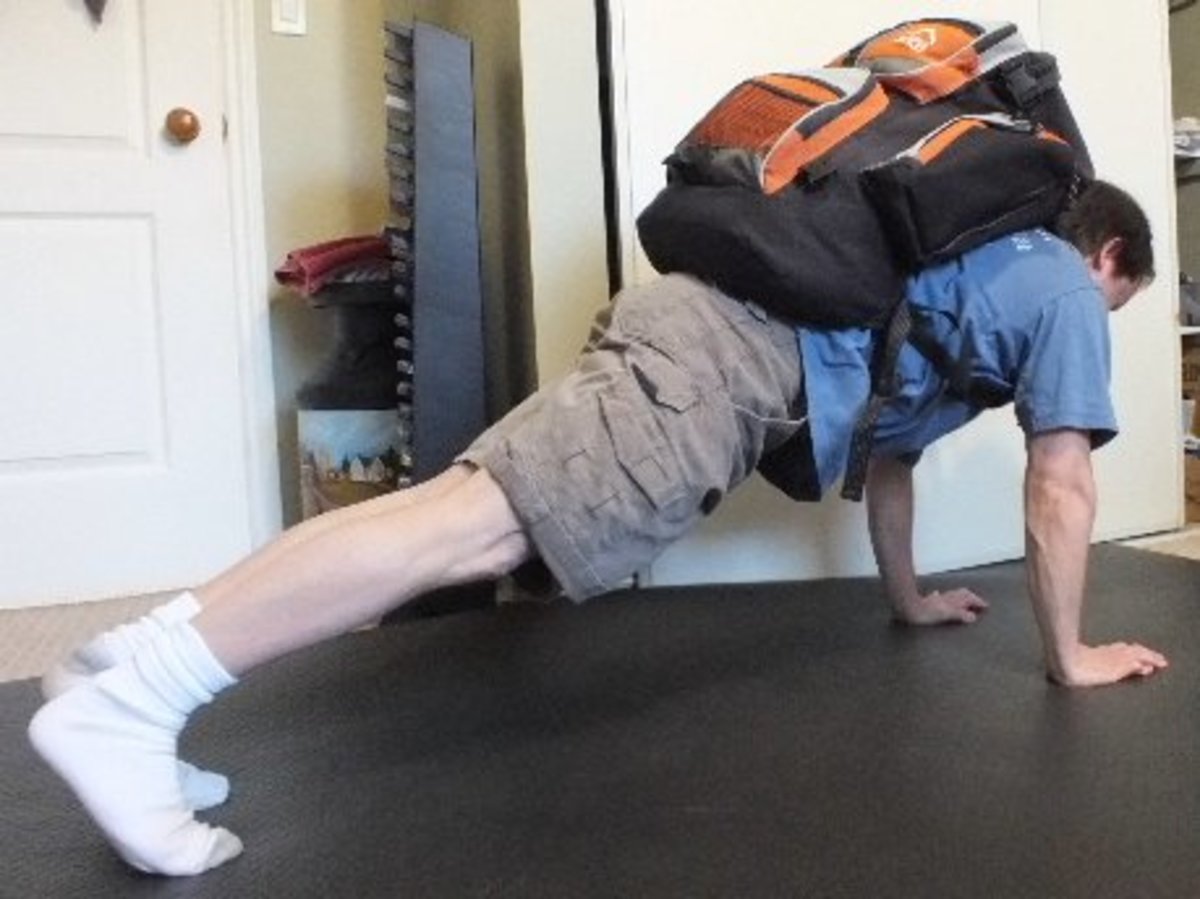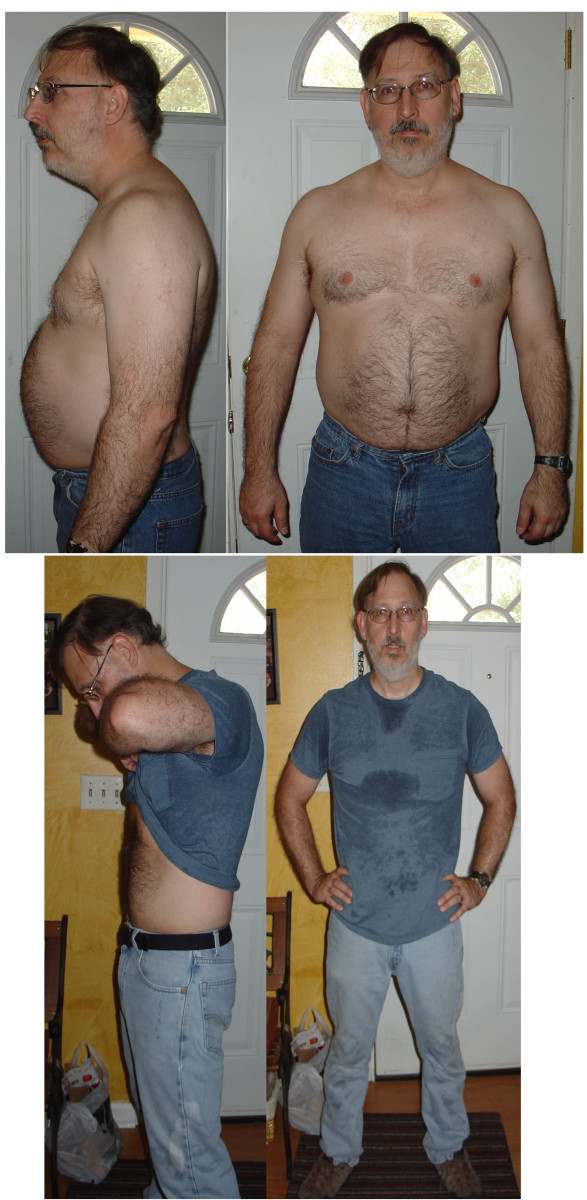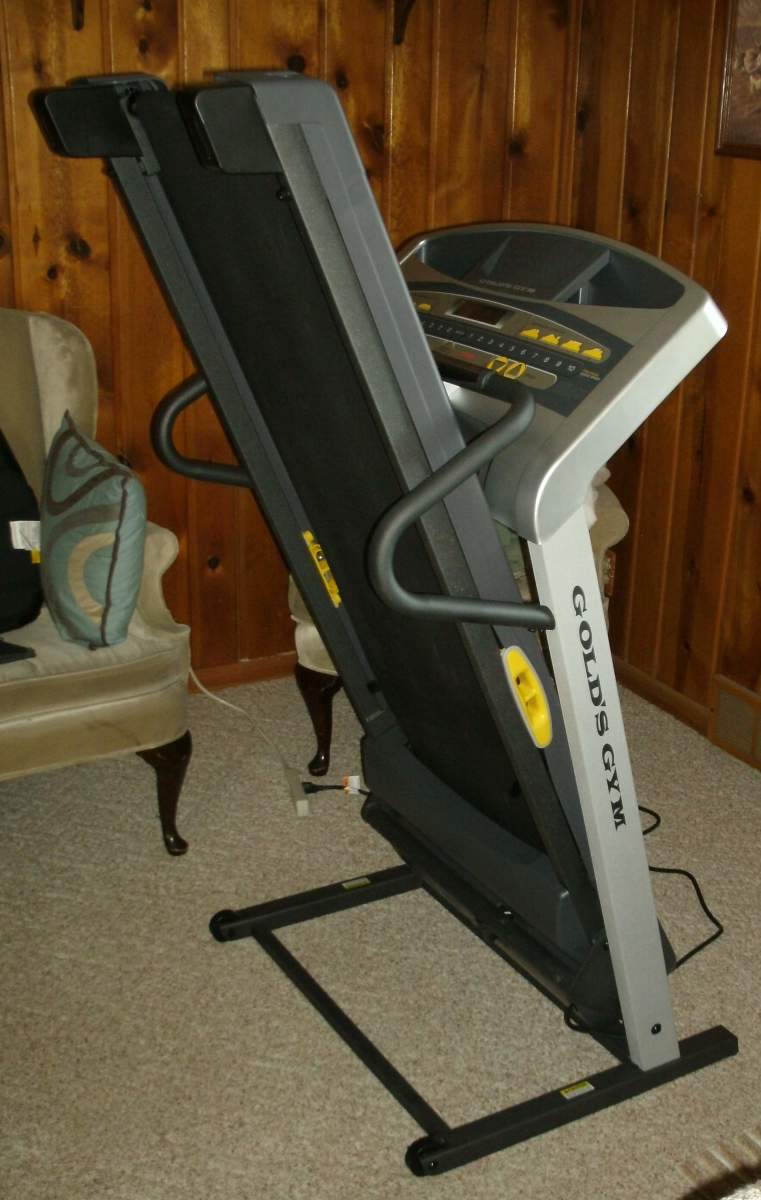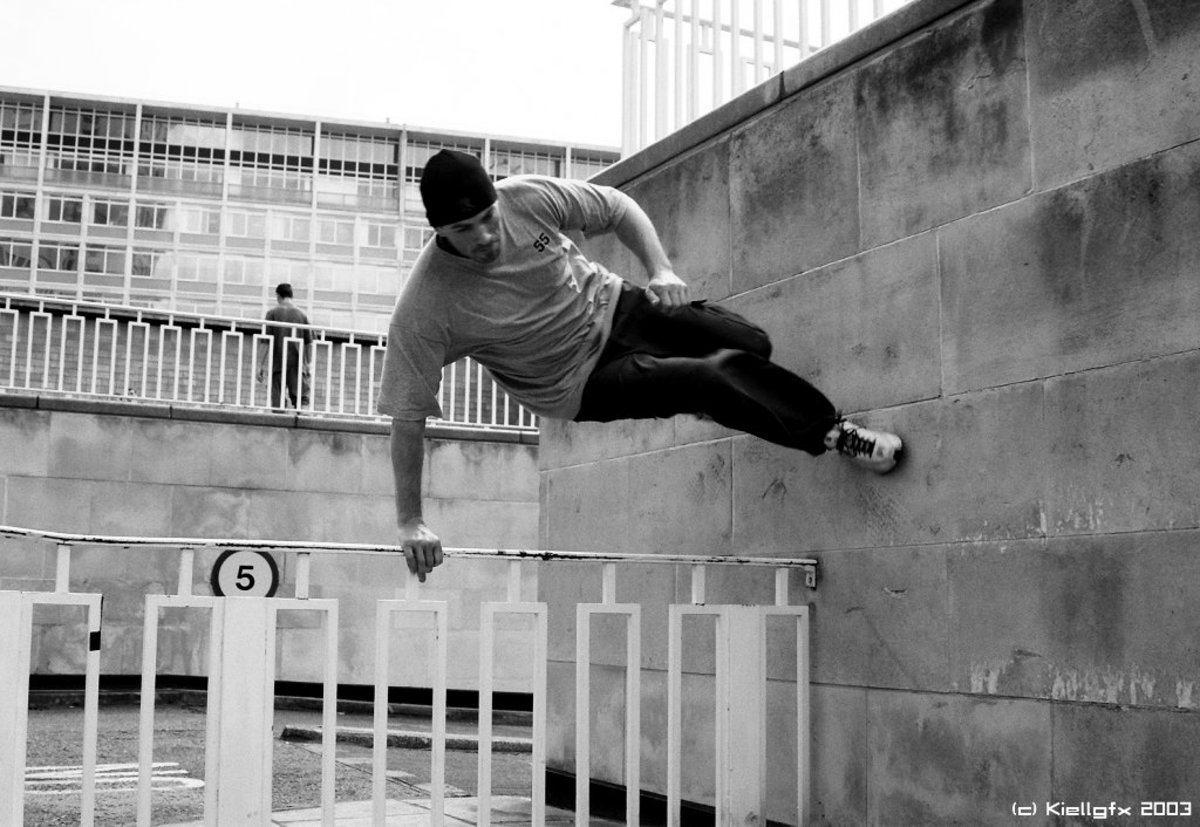Increase Strength & Fitness Levels After Rehabilitation
The Ability to Walk & Go Places, "Priceless"

The Art of Rehabilitation
Strength Training is Specific to a Muscle Grouping
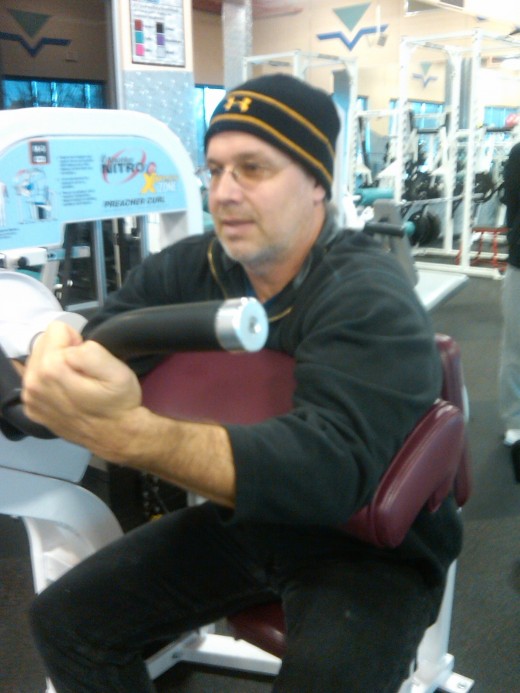
General Strength Training
Muscle Must Be Specifically Trained to Task
Injuries of the knees, hip and back prove to be the most difficult to rehabilitate in a way where lack of strength becomes the key concern. This is because varying levels of strength is necessary to accomplish all daily tasks to get work done. And to condition strength back into the body’s muscles, ligaments and tendons requires willful active movement. And this, if done incorrectly during rehabilitation can be very painful and cause further damage to weakened areas of the body.
In reference to muscular strength, we’ll define this as the exertion of muscle to use force to accomplish heavy work and activity. Or where torque (twisting, or turning about an axis of body rotation, or about a joint articulation is applied) is used to accomplish heavy or forceful work activity [short period of forceful strength applied to accomplish work].
When I talk about forceful muscular strength, I’m referring to one’s ability to exert muscular effort maximally for a very short period time (anaerobic metabolism = muscle working without oxygen enriched blood) and where this type of activity “is not” considered muscular endurance. Muscular endurance activity is aerobic activity (oxygen enriched blood) that occurs when muscular effort is not maximized to the point of an anaerobic metabolism.
You may, or may not know this; we all use a combination of muscle types that allow us to accomplish endurance and strength activities throughout the day. And as I’ve experienced through my own rehabilitation process, muscular endurance tends to come back faster than strength. And you ask why this is? For example, using forceful movement to accomplish a fast pace walk can be more painful, or challenging than a slow walk during the rehabilitation phase of recovery, “would you not agree?”
And the simple act of walking fast may be your lack of strength challenge and fitness goal. I don’t want to minimize the act of walking as an easy rehabilitative feat. But want to make the point, “in relation to a forceful fast pace walking endurance goal; in order to do so will require one to build up strength and endurance in the lower back, abdominals, hips, upper legs and calves. So this task requires both strength and muscular endurance type exercise training (exercise mid-torso down) for a period of time to endure long fast pace walks without stopping. But before you can walk at this intensity, you must focus first on slow walking to build endurance, and then work for strength-endurance.
Your loss of strength may be in your inability to lift your own body weight. And to do so require that your upper leg and lower back, abdominal muscles and ROM stretching exercises are worked and strengthened to stand before you can walk. This for you may be your physical therapy focus at first. And during the recovery process of strengthening your injury site may also require your focus on losing weight. Added weight can be hard on weight bearing joints with any type of weight bearing exercise.
During a fitness assessment by a personal trainer, strength is measured by one’s ability to lift the heaviest weight possible, one time (e.g., bench press, leg press, shoulders press, etc.). Muscular strength is necessary in many occupations, or sports that require short burst of strength energy, i.e., roofer, construction work, electrical lineman, ditch digger, sprinter, dead lift, clean-and-jerk, shot put etc.). These activities use muscular strength force to accomplish heavy work. And in doing so lactic acid builds up in the muscles where frequent periods of rest are necessary before continuing on with the activity. This is the result of the body’s inability to utilize oxygen effectively once cardiovascular and lung capacity is maxed.
Aside from the various complications that may/or may not arise from muscular injury or disease, the fact is our muscle groupings are made up of a few muscle types. And these muscle types within our bodies are designed to accomplish various types of work using intertwined muscle leverage systems. These intertwined muscle mixes are called fast, intermediate and slow twitch muscle fibers. For ease of discussion, the fast twitch muscles are mainly found in the shoulders and arms (smaller muscle groupings). And the slow twitch muscle fibers are mostly found in the chest, upper back and legs. The rest of the body’s anatomy is a mix of various muscle types.
Fast twitch muscle fibers are responsible for fast muscle movement activity. And slow twitch muscle, being the larger muscle in the body is responsible for overall power and endurance activities (slower muscle movement activity). It should also be noted other characteristics of these muscle fibers utilize oxygen more efficiently depending on the types of work the body performs. For example, a walker, jogger, biker is very dependent on the large muscles in the upper legs/buttocks and conditioned to task for these types of long endurance activities. On the other hand, a body builder, football player and power lifter use the same large muscles and condition themselves for short power bursts through heavy weight training and short burst sport activity practises.
Muscle is responsive to the type of conditioning applied for the muscle grouping task. So when conditioning the body, you must choose what fitness goals you wish to achieve when training your body to become good at any specific activity. However, before you can do this, you must focus on getting yourself mobile by developing the strength necessary to get up and active. Your focus will be to develop strength during rehabilitation to correct and strengthen posture weight bearing muscle groups during exercise therapy and thereafter to improve upon specific activity fitness goals.
For example, start off with very light weights and repeat the muscular activity until pain is felt to be slightly uncomfortable. Stop and repeat the next set for the next muscle area that needs strengthening. Only focus on muscle areas during rehabilitation that will get you up and walking. This is your priority. Once walking, your next goal will be to improve upon distance by walking a little further each day with continued therapy exercises, etc.
It is also important to recall, after your recovery, you actively work to gain more strength after you are up and moving. I highly recommend after working with your physical therapist you get a gym membership; and work with a personal trainer to assist in proper exercise conditioning after physical therapy to improve upon your specific fitness goals. Ensure you compare your fitness exercise prescription goals with your medical specialists and therapists. Especially if you still experience pain challenges and other ill-health conditions.
I will say, the more times you practice sitting, standing and walking for example, you’ll begin to develop more strength to eventually go without the walking aids. It takes time, and there are varying levels of pain to overcome. But with persistence, many of you can get back the strength you have temporarily lost. You also have to remember to pace yourselves. To push too hard before you’re ready can result in aggravation and injury setbacks.
And when you get back to walking, I highly advice you to begin a daily walking program “at a minimum” to incorporate aerobic endurance into your daily conditioning program. This does not mean you have to become a power walker [this is not for everyone]. With increased muscular endurance strength gains through walking will promote oxygen enriched blood circulation within the body. This will increase muscle function endurance, maintain postural strength, internal healing, improve energy and cardio-circulatory function, to include weight management! And most importantly is your ill-health prevention insurance!





